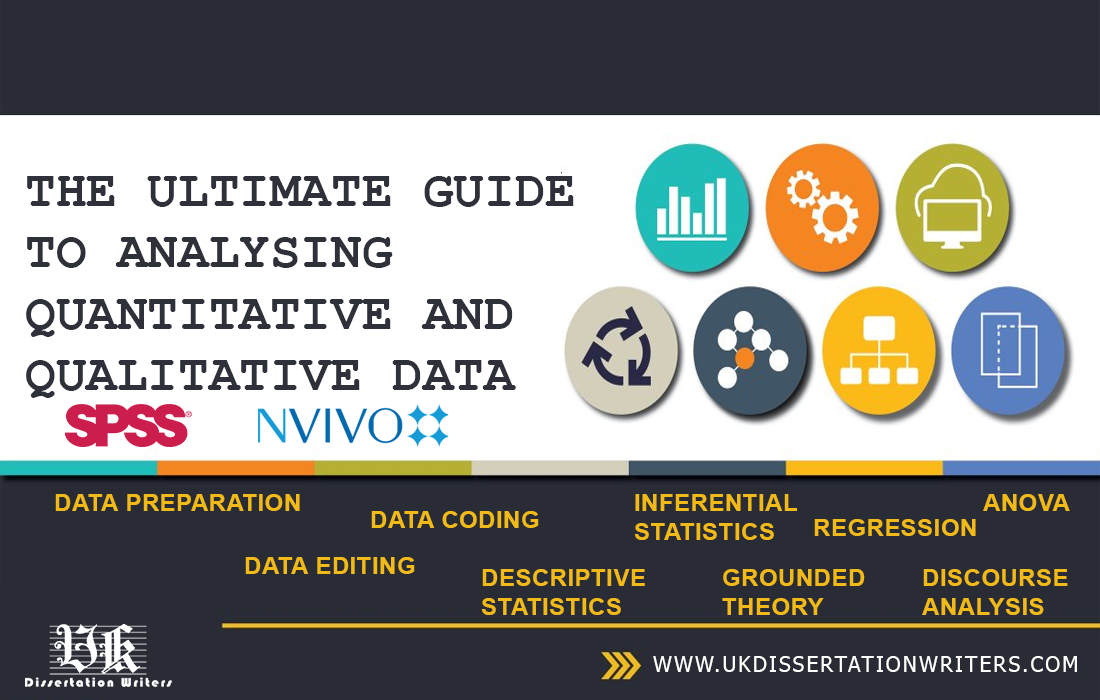A data analysis plan is a skeletal framework for the methodology chapter of your PhD thesis or dissertation that showcases how you are going to organise and analyse the research data collected for your doctoral research and hence, it must be carefully drafted in order to produce optimal results in SPSS and answer the research questions adequately.
Operationalisation of Variables
In case of a quantitative PhD research, every variable in your research questions must be operationally defined. What we mean by operationalisation of variables is that you should discuss about how each variable will be quantitatively measured for your PhD study. Let us say, for example, that marital status is a variable of interest in your study. As an adept researcher, you should be able to state that marital status will be nominal, dichotomous variable with two options: married vs. unmarried. If you fail to do so, you will realise that the variables you want to measure are not represented in the available dataset.
Another point to keep in mind when explaining how your variables will be operationalised is that you should stick to one dataset for the sake of simplicity. In case of multiple datasets, you may consider merging those into one. While doing so, you should pay heed to correlational research designs. For every ‘X’ variable, you must have a corresponding ‘Y’ variable, and both the variables must be correlated or linked in some way. You cannot use your discretion to correlate variables that have no relationship. For example, let us assume that you wish to correlate high-school GPA with SAT scores. In this case, you cannot correlate the two variables in an ethical manner unless you have figured out a way to match a student’s GPA with the same student’s SAT score. This concept may seem simple. However, it is often overlooked by doctoral researchers. To put it in simple words, think of correlation as covariance. You cannot validly determine it unless the two variables originate from the same participant or they are matched using some other logically related variable.
Statistical Tests
Once defined operationally, the variables would set the foundation for choosing appropriate statistical tests. When making a decision as to which test to proceed with, you should take into consideration the assumptions of the tests that need be met before you could run those on the dataset.
In some cases, a research question of your PhD thesis may possibly be answered by more than one statistical test. Hence, you need to dig into the literature of similar studies to provide suitable justification for selecting the specific statistical test you have finally settled on.
After you are through with selecting the appropriate statistical test for your doctoral study, you should move on to write about independent and dependent variables for each research question. Follow this up with a table to summarize the information.
The table might include the research questions or hypotheses, the proposed statistical analyses, the independent and dependent variables, and the scales of measurement for the variables of interest.
Power Analysis
Afterwards, you need to focus on estimating sufficient sample size for data collection using priori power analysis. At master’s level, you’re often taught to collect as large amount of data as you possibly can. However, you are expected to use a more sophisticated technique for deciding on the adequate sample size at doctoral level. Owing to the same reason, a PhD researcher should engage in priori power analysis.
In addition, the data analysis plan will likely contain more information than what has been discussed in this article. So, please feel free to contact us to have any of your doubts (related to data analysis plan) clarified or write to us if you need assistance with drafting a thorough data analysis plan to avoid major corrections or unnecessary PhD thesis submission delays in the future.





